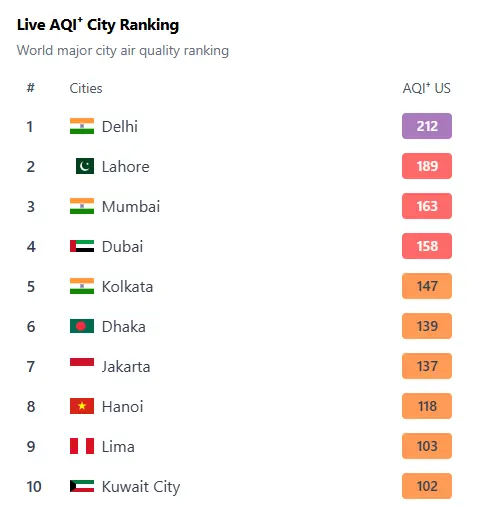• Aurangzeb says cost reduction process for 42 ministries to be completed by June 30
• Uncertainty about the financial impact of the elimination of 150,000 positions and public funds in banks
• Demands that the cabinet has approved 95% of the committee’s recommendations
ISLAMABAD: Unsure about the financial impact of abolishing 150,000 posts and public funds kept in commercial banks, Finance Minister Muhammad Aurangzeb on Tuesday said adjusting the size of the federal government was an established structural benchmark by the International Monetary Fund (IMF) and that it would be completed. before June 30 of this year.
Speaking at a press conference with MNA Bilal Azhar Kiani and Special Ambassador on Downsizing Salman Ahmad, the Finance Minister acknowledged that while downsizing was a structural benchmark of the IMF, it was also in the best interest of the country. “Our goal is to reduce the size of the federal government and cut spending,” he said.
He said the Finance Ministry was committed to transferring cash balances held in commercial banks back to the Treasury’s single account – another IMF requirement – to ensure that only net borrowing, rather than funds belonging to various projects and divisions , remains in commercial banks, allowing the government to borrow for other needs. He added that only 15 to 20 percent of cash balances in commercial banks were outside the treasury’s single account, and this issue would be addressed as a priority.
The minister said the high-powered committee on resizing under his leadership was constituted by the prime minister in June last year and it reviewed assets, human resources and vacant posts in 43 ministries and their 400 attached departments or entities.
He said consultations, recommendations and decision-making had been completed for 15 or 16 ministries and that the entire resizing process for all 42 ministries would be completed within the current fiscal year, by June 30, with the aim of making the government federal government is more efficient and reducing expenses.
Aurangzeb avoided questions about the justification of the burden placed on compliant taxpayers while granting hefty pay rises to top judges and a select group of bureaucrats. He also refrained from directly answering questions about adjusting the size of the judiciary and the Ministry of Defense and Defense Production, but said no ministry would be excluded from the ongoing review process.
Over the past six months, the resizing committee was able to make decisions on the abolition of 60 percent of regular vacant positions in these entities, which meant the closure of 150,000 positions for which budget allocations had been made. “This has a fiscal impact,” the minister said, adding that the committee also decided to outsource non-essential general positions such as labourers, gardeners, etc. and also reduce contingency personnel, but in an environment of attrition that did not mean loss of employment for existing employees.
The fourth major decision of the committee was to have live visibility for the Ministry of Finance on the cash balances of all ministries and divisions to ensure that decisions regarding abolition of posts, outsourcing of minor services and reduction of contingent staff were actually implemented by all ministries.
Despite repeated questions, the Finance Minister and his colleagues were unable to provide the financial impact of decisions over the past six months, stating that the figures would be revealed in due course. He emphasized that these entities and ministries had an approved budget allocation of approximately Rs 876 billion this year, and if this figure did not appear lower next year, it would indicate failure.
The Minister explained that, after learning from past failures due to widespread attempts at downsizing, it was decided to proceed step by step. In the first phase, six ministries were selected: one was ordered to close, another to merge, and its attached departments were reduced by half, from 80 to 40. This phase is currently being implemented in several ministries, which are now presenting compliance reports. information. These ministries include Kashmir and Gilgit-Baltistan Affairs, information technology and telecommunication, industries and production, national health services and capital management.
In the second phase, involving the ministries of science and technology, commerce, housing and food security, a total of 25 departments were closed, 20 were downsized and nine were transferred to other locations.
In the third phase, the ministries of federal education, information and broadcasting, national heritage and culture, finance and power were addressed.
The Finance Minister disagreed with the claim that decisions relating to these ministries faced resistance in the federal cabinet, as stated in an official cabinet statement, and said that the cabinet approved between 95 and 96 per cent. of the recommendations of the sizing committee. In the remaining 4-5 percent of cases, matters were reviewed with relevant ministries, and no more than 1 percent of decisions were subsequently altered.
He confirmed that many public sector entities, departments and their administrations admitted their minimum production over the last 20 to 30 years before the right-sizing committee, but requested a six-month grace period to deliver results.
“We do not accept your demand. We will not give them more time because it has consequences,” he said, explaining that if their assets, human resources and other issues are not touched, nothing would improve. “We have to liquidate them and in case some of them have to be transferred to the provinces, this must be done in an orderly manner,” he said.
The minister said the objective of the entire resizing exercise was to streamline government functions by outsourcing or privatizing functions that could be performed efficiently in the private sector and improve value for public money.
He said proposed amendments to the Public Servants Act to align governance practices with modern needs had been approved by the cabinet committee on legislative cases and would be brought to parliament for urgent legislation. This law would also provide severance packages to redundant or surplus officials.
Published in Amanecer, January 8, 2025.









